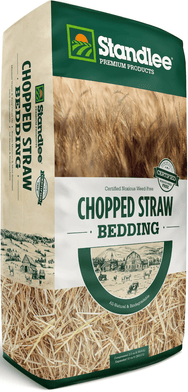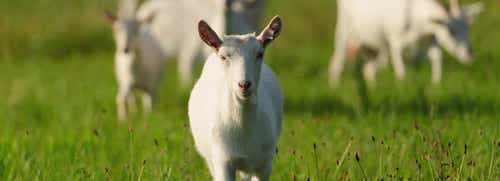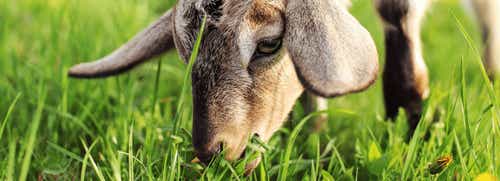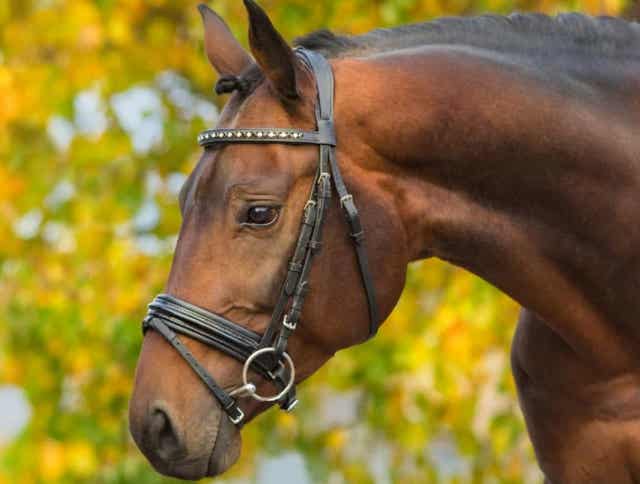
Fall Horse Care and Planning
Prepare Your Horse for Fall
As autumn arrives with its vibrant foliage and cooler temperatures, it's crucial to adapt your horse care routine to ensure your horse remains healthy and happy. Fall horse care encompasses understanding seasonal changes, preparing your stable and pasture, focusing on feeding and nutrition, healthcare and wellness, exercise and fitness, as well as grooming and coat care. By following these essential tips, you can enjoy the seasonal shift without any stress.
Understanding Seasonal Changes
The shift from summer to fall can significantly impact horses, requiring careful adjustments to ensure their well-being. Understanding how seasonal changes affect horses in autumn is vital for providing appropriate care. Here are some key factors to consider:
Cooler Weather and Horse Diet
The cooler weather and shorter days influence horses' metabolism and behavior. The drop in temperature and daylight hours can lead to decreased activity and slower digestion. It's important to monitor your horse's body condition and adjust their feed and exercise routine accordingly.
Common Health Concerns During the Fall Season
Fall introduces specific health concerns for horses. Wet and muddy conditions can elevate the risk of hoof-related issues like thrush and abscesses. Moreover, the changing weather can make horses more susceptible to respiratory infections and allergies. Regular veterinary check-ups and proper stable management can help prevent these problems.
Feed and Nutrient Adjustments Needed for Fall
The changing season affects horses' nutritional needs. The availability of fresh pasture diminishes, and the nutritional content of grasses may vary. It's important to evaluate your horse's diet and consider supplementing with high-quality forage products like Standlee. These products offer a consistent and balanced source of nutrition to support your horse's health throughout the fall and winter, as access to high-quality hay begins to decrease.
Preparing Your Stable and Pasture for Fall
As fall approaches, it's essential to prepare your stable and pasture to ensure your horses' comfort and safety. Here are some important steps to take:
Prepare Your Barn for Fall
Begin by thoroughly cleaning the stable, removing any accumulated debris and dust. This helps maintain a clean and healthy environment for your horses during the colder months when they will spend more time indoors. Organize the tack room, ensuring that all equipment is in good condition and easily accessible. Consider using quality bedding, such as Certified Shopped Straw to provide warmth and comfort, and a bedding enhancer to eliminate harmful compounds and reduce moisture.
Fall Pasture Maintenance
Fall brings changes in weather and forage availability. It is a great time to monitor your pasture for ruts, downed trees, overgrowth, or sections that are in need of regrowth and care. While your horses are in smaller paddocks or in the barn, it is also a great time to inspect your fence line for any damage or safety concerns. Be sure to repair or replace broken boards, loose wires, or damaged electric fencing to prevent accidents or escapes. Ensure that gates and latches are secure and functioning properly.
Fall Feeding and Nutrition for Your Horse
As fall approaches, it’s important that you regularly evaluate your horse's diet to ensure they receive proper nutrition. Fall brings changes in temperature and your horse’s nutritional needs. Here are key factors to consider:
- Forage quality: Assess the quality of your horse's hay. Local fall forage can be lower in nutritional value, so consider feeding alternative hay sources like Standlee’s Hay Pellets and Cubes, or Chopped Hay. Alternatively, supplementing some of your horse’s diet with high-quality hay products to meet their nutrient requirements is beneficial, depending on your access to quality hay and your horse’s needs.
- Essential nutrients: Supplying your horse with essential nutrients can support your horse's overall health during the fall. Consider adding salt and mineral supplements to their diet to ensure they receive all necessary nutrients and make sure they are getting adequate hydration. Mixing these nutrients into a soaked bucket of hay pellets or cubes is a great way to ensure your horse is getting the additional vitamins and water they need.
- Digestive health: Changes in grazing patterns and increased stall time during fall can impact your horse's digestive health. Make sure that you monitor your horse’s eating, drinking, and digestive patterns closely during this season.
Fall Feeding Mistakes to Avoid
- Overfeeding: While it may be tempting to increase your horse's feed during the fall, overfeeding can lead to weight gain and other health issues. Follow feeding guidelines provided by your veterinarian or equine nutritionist and monitor your horse’s weight closely.
- Inadequate water intake: Ensure your horse has access to clean, fresh water at all times. Hydration is especially important during the fall to prevent dehydration colic, and support overall health.
- Neglecting dental care: Fall is a good time to schedule a dental examination for your horse. Proper dental care is essential for efficient digestion and optimal nutrient absorption.
By evaluating your horse's diet, supplementing with essential nutrients, and avoiding common feeding mistakes, you can ensure your horse stays healthy and happy throughout the fall season.
Fall Horse Health and Wellness
Proper health and wellness are crucial for your horse's well-being, especially during the fall. Here are some important aspects to consider:
Fall Vaccinations and Deworming
Fall is an important time to ensure your horse is up-to-date on vaccinations and deworming. Regular vaccinations protect against diseases such as influenza, tetanus, and West Nile virus. Consult with your veterinarian to create a vaccination schedule that meets your horse's specific needs. Additionally, deworming helps prevent internal parasites, which can cause discomfort and health issues for your horse. Follow your veterinarian's recommended deworming schedule to keep your horse healthy.
Managing Common Fall Horse Ailments
As the weather changes, horses may be more prone to certain ailments. Be vigilant for issues such as respiratory infections, skin conditions, and joint stiffness. Ensure your horse has a clean and well-ventilated environment, provide a balanced diet, and monitor their overall health closely. If you notice any signs of illness or discomfort, contact your veterinarian for proper diagnosis and treatment.
Keeping up with Dental Care
As mentioned above, regular dental care is essential for your horse's overall health and well-being. Fall is an ideal time to schedule a dental check-up and floating which involves smoothing out any sharp edges or points on your horse's teeth. This helps improve their chewing ability and prevents issues like weight loss, difficulty in eating, and discomfort.
By prioritizing vaccinations and deworming, managing common fall horse ailments, and staying on top of dental care, you can ensure your horse remains healthy and happy during the fall season.
Maintaining Proper Exercise and Fitness for Your Horse
Maintaining proper exercise and fitness is essential for your horse's health and well-being, especially during the fall. Here are some important considerations for fall horse care:
- Maintaining an appropriate exercise routine: As the weather cools down, it's important to adjust your horse's exercise routine accordingly. Gradually decrease the intensity and duration of workouts to avoid overexertion. Incorporate a mix of groundwork, lunging, and riding exercises to keep your horse physically and mentally stimulated.
- Conditioning for colder weather: As temperatures drop, ensure your horse is properly conditioned for the colder weather. Regular exercise helps improve cardiovascular fitness and muscle tone, which helps your horse stay warm and comfortable. Consider incorporating exercises that focus on building stamina and strength, such as hill work or trot sets.
Safety Tips for Fall Riding
When riding outdoors during the fall, it's important to prioritize safety. Ensure that you and your horse wear reflective gear, particularly during low-light conditions. Be mindful of the ground conditions, as fallen leaves can make the footing slippery. Always ride with a buddy and let someone know your planned route and estimated return time.
Fall Horse Grooming and Coat Care
Maintain your horse's health and well-being with proper grooming during the fall season. As the weather changes and your horse's coat begins to prepare for winter, it's important to implement effective grooming techniques to help manage the coat changes.
Managing shedding and coat changes: During fall, horses naturally shed their summer coat to make way for a thicker winter coat. To facilitate this process, regular grooming sessions are necessary. Use a shedding blade or a curry comb to remove loose hair and dirt from your horse's coat. Pay special attention to areas prone to matting, such as the mane, tail, and underbelly. Regular brushing will not only promote a healthy coat but also improve blood circulation and stimulate natural oil production. It is also important to regularly use a hoof pick to clean your horse's hooves and check for any signs of infection or thrush as the conditions start to get wet.
Prepare Your Horse for Cold Weather
Fall is the perfect time to pull out your horse’s blankets to prepare for the weather ahead. Take the time now to check on the quality of your blanket(s) and make note of any repair needed. If you did not previously wash your blanket before storing them, give them a wash, and spray them with weather protection if applicable.
Once you are ready, make sure your blankets properly fit your horse and match their needs. Were they warm and dry enough last year? Are they in a different paddock or stall, changing their needs for protection? These are all great things to consider as you are preparing for the cold weather.
If your horse has never been blanketed or it has been a long time, we recommend that you introduce the blankets slowly and offering rewards, such as treats, to make it a positive experience. Make sure you are in an open and safe area in case your horse gets nervous.
Prepare Your Horse for a Healthy Fall Season
By following these horse care tips and incorporating high-quality forage into your horse’s diet this fall, you can ensure your horse remains in optimal health during the autumn months. Autumn horse care is essential for keeping your horse comfortable and healthy as the seasons change.

